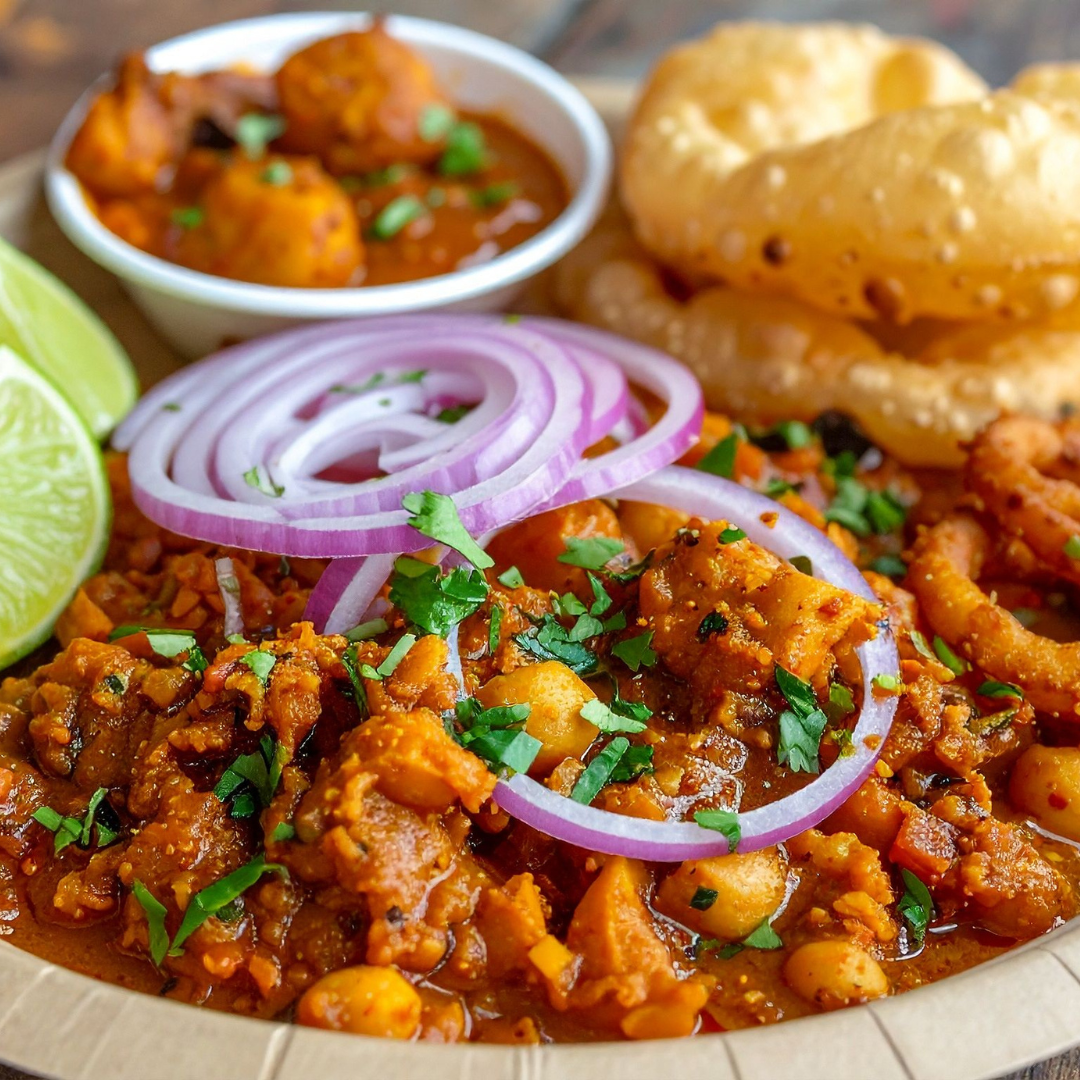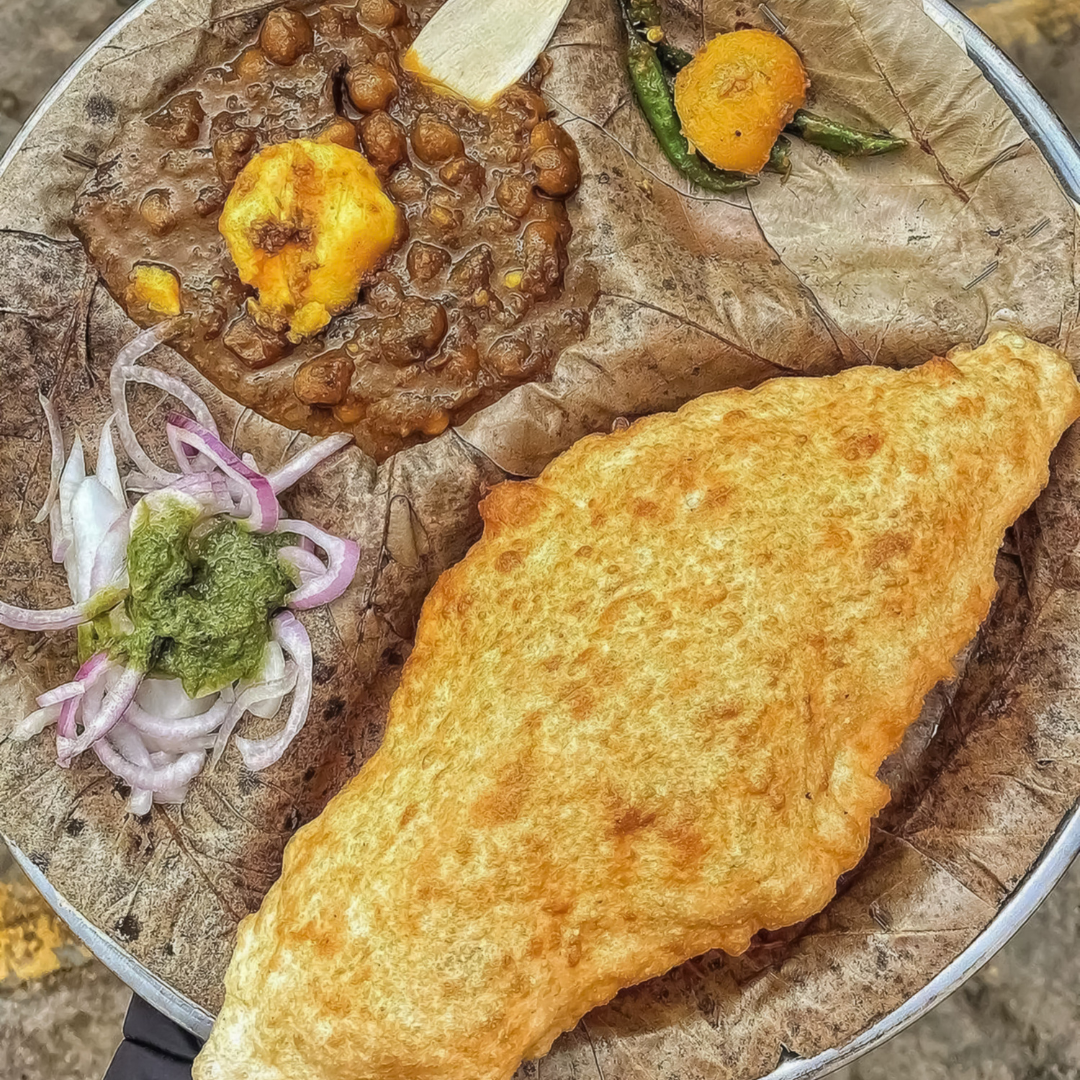Introduction
Sambhar is one of the most loved dishes in Indian cuisine—but did you know there’s more than one way to make it?
The sambhar served with idli in Tamil Nadu tastes completely different from the sambhar you get with rice in Delhi. Both are called "sambhar," but they vary in flavor, texture, ingredients, and purpose.
In this blog, we explore the key differences between North Indian and South Indian sambhar—and how the right sambhar masala (like Welza’s) can help you strike the perfect balance depending on your taste.
🧭 1. Origin and Purpose
Feature South Indian Sambhar North Indian Sambhar
Rooted in Tamil Nadu / Andhra Pradesh Popularized through Udupi restaurants in Delhi, Punjab, etc.
Served with Idli, dosa, vada, rice Rice, paratha, sometimes even poori
Purpose Meal component or main dish Often a side with dosa/idli
🍲 2. Taste Profile
Feature South Indian Sambhar North Indian Sambhar
Spice Level Medium to high (more red chilli) Milder, with more tang
Tamarind Generous and central to flavor Used lightly or even skipped
Coconut Often included (Kerala/Karnataka) Rarely used
Sweetness Not typical, except in Udupi style Slight jaggery/sugar is common
💡 Welza Sambhar Masala balances both—bringing warmth and tang without being overpowering.
🧄 3. Ingredient Differences
Feature South Indian Sambhar North Indian Sambhar
Vegetables Used Drumstick, brinjal, pumpkin, okra Carrot, beans, onion, potato
Tadka/Tempering Mustard seeds, curry leaves, red chilli, hing Cumin seeds, curry leaves, hing
Dal Used Mostly toor dal (arhar) Toor dal or mixed dal (sometimes moong)
South sambhar is deeply rooted in local, seasonal vegetables, while North Indian versions tend to use pantry staples.
🔥 4. Consistency and Texture
Feature South Indian Sambhar North Indian Sambhar
Texture Thinner, flowing, good for soaking idlis Thicker, curry-style for eating with rice
Appearance Darker from tamarind and masala Reddish-orange, tomato-heavy
🧂 5. The Masala: The Real Game Changer
The biggest flavor shift between North and South sambhar comes from the masala blend.
South Indian sambhar masala:
Has roasted coriander, chana dal, fenugreek, dried red chilli
Sometimes includes roasted coconut powder
Offers a warm, earthy, smoky tone
North Indian sambhar (often made using generic curry masala or store blends) lacks that depth and roast flavor.
🌟 How Welza Sambhar Masala Works Across Regions
At Welza, we’ve created a balanced sambhar masala that:
Respects South Indian spice structure
Works beautifully with North Indian vegetables
Offers a medium heat, rich roast, and smooth tang—so it tastes good with both rice and idli/dosa
Whether you prefer Delhi-style sambhar with aloo and tomato, or Tamil-style with drumsticks and coconut, Welza Sambhar Masala adapts to both.
👨🍳 Tip: Adjust Proportions Based on Region
If you prefer... Then...
South Indian sambhar Use more tamarind and 2.5 tbsp masala
North Indian sambhar Use less tamarind and 2 tbsp masala with tomatoes
Kerala style Add a spoon of roasted coconut before simmering
Final Thoughts: One Dish, Many Stories
Sambhar isn’t just a dish—it’s a culinary map of India, with each region writing its own version of comfort.
Whether you’re from Chennai or Chandigarh, sambhar is a taste of home.
And with Welza Sambhar Masala, you don’t have to choose—just cook it your way, and let the flavor do the rest.




Share:
The Perfect Proportions for Authentic Sambhar Unlocking traditional South Indian flavor with the right sambhar masala balance